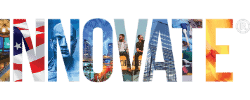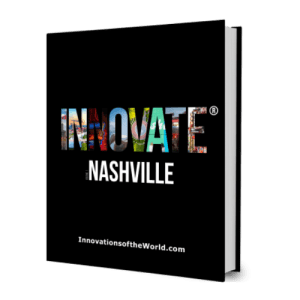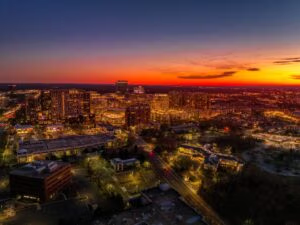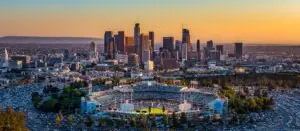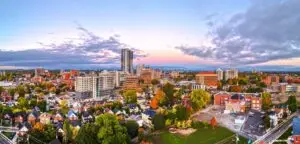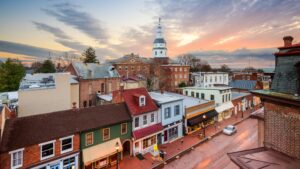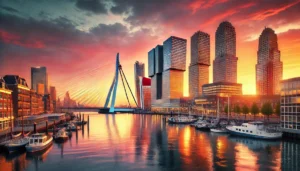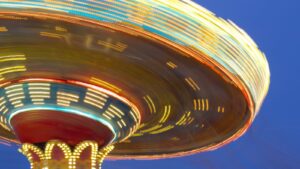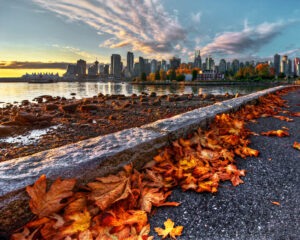We all have a memory of visiting a science museum; a larger-than-life exhibition, dynamic program, or time with friends and family. Each person’s experience may be different, but they all have one commonality: connecting with a world larger than themselves.
Science museums may be the only science learning the public experiences outside a classroom. Recognizing this responsibility, we endeavor to celebrate science content from across disciplines, highlight the work of those making science discoveries, and inspire personal curiosities. Our end goal is fostering science literacy for all.
Science literacy is the ability to make informed decisions about science in our lives and evaluate science information using critical thinking skills. It’s choosing between surgery or physical therapy for a knee injury or troubleshooting a broken printer. Science literacy is the bedrock that allows us to move forward alongside an increasingly complex world.
One of the most significant threats to science literacy I’ve witnessed is the misperception that science is not for everyone. Learning where I work, many people have shared they “aren’t good at science” or find science topics “overwhelming” or “too complex”. They recall a science textbook or lab experience but overlook the garden they nurture, the healthcare they provide their family, or their appliance repair skills. They have forgotten science is all around them.
This is where science museums, and their innovative approaches to engagement, come to the table. The first step towards science literacy is comfort with science. Science museums foster this comfort through exhibitions tied to personally relevant concepts, hands-on discovery, and programs that link topics of familiarity with broader scientific applications. In short, we take science out of the textbook, bring it to life, and put you in the middle.
Innovative practice is at the core of everything we do. A visit to a science museum should honor the past and scientific discovery to date, but also look toward our shared future. This means creating interactive experiences that invite visitors to form opinions. It includes hands-on explorations rather than didactic teaching. It highlights career pathways in STEM, present and future. Our style of innovation honors past educational approaches while embracing new styles of engagement. “Sit and listen” becomes“ participate and share.”
Staying at the forefront of the science stories of today is the only way we can successfully inspire the explorers of tomorrow. Presenting them in dynamic and inclusive ways brings everyone along into the future.
Leah Melber, Ph.D. is the President & CEO of Adventure Science Center. For over 30 years she has worked to advance science literacy and public understanding of research. She is the author of several books, has presented her research internationally, and enjoys inspiring the next generation of museum leaders.
